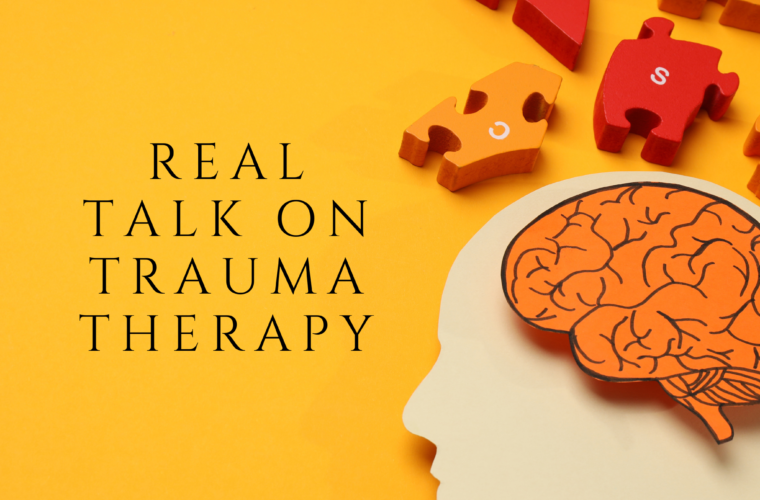What Trauma Therapy Really Feels Like – and Why It Matters
When someone seeks out trauma therapy, they’re often in a vulnerable place—nervous, unsure, and carrying a deep sense of fear or confusion. Many clients don’t initially recognize how trauma has shaped their day-to-day life. It’s common to feel emotionally disconnected, even dissociated from your body or surroundings. These sensations—known as derealization or depersonalization—are surprisingly common reactions to trauma, even if they’re hard to put into words.
In early therapy sessions, the work isn’t about diving into painful memories. It’s about building safety, connection, and trust. Often when someone comes in for help, they’re struggling to feel connected with themselves and the world. So first, they need to be heard. Then the focus is on helping them feel reconnected and safe in their own body before they ever talk about the trauma itself.
Why talk about the past at all?
Many people ask why they should revisit what happened. It’s a valid concern. But understanding how trauma lives in the brain helps make sense of why therapy can be so effective. When trauma occurs, the brain’s ability to process memory and emotion can get disrupted—especially in areas like the amygdala, hippocampus, frontal cortex, and thalamus.
This is why people often don’t remember things in order, or they feel like the memory still carries the same emotional weight years later. Processing those memories in the present can make them feel less threatening and more understandable.
Early breakthroughs: Letting go of guilt
One of the first shifts people experience in trauma therapy isn’t necessarily about the memory itself—it’s about how they see themselves. A lot of clients begin counseling while carrying deep guilt or negative beliefs about themselves that were shaped by the trauma. But when they realize, “It wasn’t my fault,” it opens the door for healing.
When people stop trying to work through the guilt of what happened and start working through what actually happened, that shift is incredibly freeing.
Starting slow is still starting
Trauma therapy doesn’t have to be all-or-nothing. In fact, it shouldn’t be. Sometimes you just need to take those first steps, and this doesn’t mean you have to go 100 percent all the time. It’s okay to take breaks. It’s okay to move at your own pace. Therapy should challenge you—but it should also support you.
The path toward healing isn’t linear, and it doesn’t require perfection. What it does require is curiosity, courage, and the willingness to try something—even if you’re not sure how it’ll go.
Want to understand how trauma shapes the brain? Learn more about how adverse life experiences impact emotional health: Right as Rain – UW Medicine
Curious about how CBT supports trauma recovery? Check out this explanation of Cognitive Behavioral Therapy: Mayo Clinic




